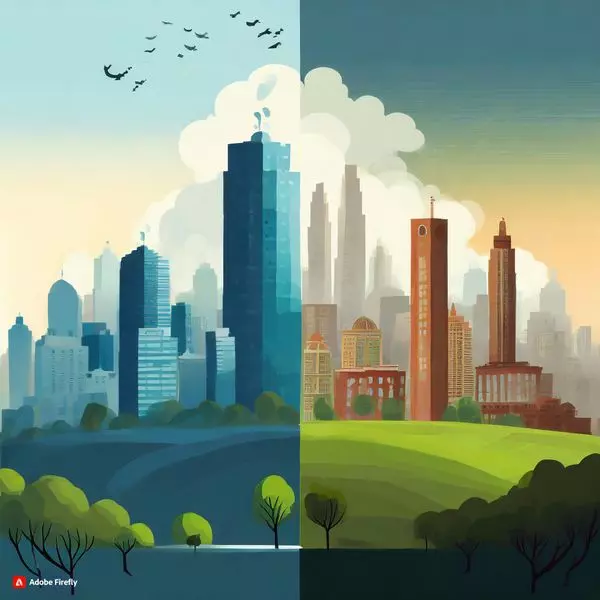
Delhi's Persistent Haze: Health Risks Amid Marginal Pollution Dip
Writer: Tanya Chaturvedi
As a dedicated content writer, I thrive on the art of storytelling through various media forms. My passion lies in creating engaging, informative and visually captivating content that resonates with audience across platforms.
India, 6 Nov 2023 11:25 AM GMT
Editor : Ankita Singh |
A literature lover who likes delving deeper into a wide range of societal issues and expresses her opinions about the same. Keeps looking for best-read recommendations while enjoying her coffee and tea.
Creatives : Tanya Chaturvedi
As a dedicated content writer, I thrive on the art of storytelling through various media forms. My passion lies in creating engaging, informative and visually captivating content that resonates with audience across platforms.
The persistent toxic haze, now lingering over the city for the fifth consecutive day, has raised serious health concerns, particularly among vulnerable groups such as children and the elderly.
Despite a slight overnight improvement attributed to better wind speeds, Delhi and its neighboring regions continue to grapple with hazardous pollution levels, far exceeding prescribed safety limits. The concentration of PM2.5, a harmful fine particulate matter, remained at alarming levels, with readings surpassing the government-prescribed limit by seven to eight times and the World Health Organization's standard by more than 80 times.
The persistent toxic haze, now lingering over the city for the fifth consecutive day, has raised serious health concerns, particularly among vulnerable groups such as children and the elderly. Medical professionals have reported an uptick in respiratory and eye ailments due to the worsening air quality.
A combination of factors, including declining temperatures, stagnant winds trapping pollutants, and a surge in post-harvest paddy straw burning across Punjab and Haryana, has contributed to the deteriorating air quality in the region over the past week. According to data from the Central Pollution Control Board (CPCB), Delhi's Air Quality Index (AQI) has soared to "severe plus" levels, registering a marked increase from 200 points between October 27 and November 3.
Although there has been a slight improvement in the AQI from 468 on Friday evening to 413 on Saturday morning, the recent 24-hour average AQI of 468 marks a concerning milestone, ranking as the worst since November 12, 2021. Notably, Delhi's air quality is among the most concerning in the world's capital cities, as highlighted in a report by the Energy Policy Institute at the University of Chicago (EPIC) in August, underscoring the severe impact of air pollution on life expectancy.
In response to the critical situation, the Commission for Air Quality Management has deferred the implementation of stringent measures under the Graded Response Action Plan, citing a gradual decline in the AQI. The commission remains hopeful that the current restrictions on polluting activities, including non-essential construction work, will aid in curbing pollution levels.
While meteorological conditions are anticipated to improve, experts emphasize the need for sustained efforts to address the root causes of the city's worsening air quality, including vehicular emissions, stubble burning, and other local sources of pollution. As Delhi continues to grapple with the consequences of air pollution, authorities and concerned citizens alike are looking for comprehensive solutions to safeguard public health and the environment. PTI GVS RHL.
Also Read: Indian Rupee Holds Steady At 83.26 Against US Dollar
 All section
All section














